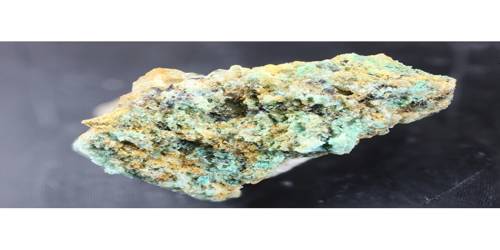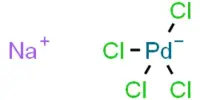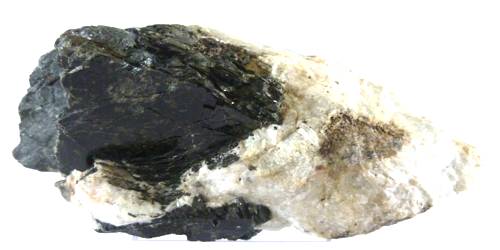Calcium carbimide, sold as the citrate salt under the trade name Temposil, is a disulfiram-like medication. It has several uses, particularly in the production of fertilizers and as a precursor to other chemicals. Its effects are similar to the medication disulfiram (Antabuse) in that it interferes with the normal metabolism of alcohol by preventing the breakdown of the metabolic byproduct acetaldehyde. The result is that when alcohol is consumed by users of calcium carbimide, they experience severe reactions which include symptoms such as sweating, difficulty breathing, rapid heartbeat, rash, nausea and vomiting, and headache.
A recent 9-year study found that incorporation of supervised carbimide and the similar medication, disulfiram, into a comprehensive treatment program resulted in an abstinence rate of over 50%. It is typically used as a fertilizer and a precursor to other chemicals.
Properties
Calcium cyanamide is typically a grayish-white to yellowish powder. It is practically insoluble in water but reacts with it to form ammonia (NH₃) and calcium hydroxide (Ca(OH)₂). It decomposes at temperatures above 1,200°C rather than melting in a traditional sense.
- Appearance: It is a white or off-white crystalline solid.
- Solubility: It is poorly soluble in water.
- Molecular weight: 104.1 g/mol.
Natural Occurrence
Calcium cyanamide does not naturally occur in significant amounts. However, it can be formed in small quantities in volcanic environments or during lightning strikes when nitrogen reacts with calcium compounds.
Industrial Production
The primary source of calcium cyanamide is its industrial production, which is used in the synthesis of nitrogenous fertilizers and as a source of cyanamide. It’s used in fertilizers, as it releases nitrogen to the soil when it reacts with water.
Uses
- Fertilizer: Calcium carbimide is used in agriculture as a nitrogen fertilizer. When it reacts with water, it releases ammonia (NH₃), which is beneficial to plants.
- Industrial Uses: It serves as an intermediate in the synthesis of various chemicals, including melamine and cyanamide.
- Pest Control: Sometimes used in pest control due to its ability to release ammonia gas, which is toxic to pests.
Chemical Reactions
When it reacts with water, calcium carbimide releases ammonia:
CaCN2 +3H2O → Ca(OH) 2 +2NH 3
It is also used to produce cyanamide through reactions with certain compounds.
Safety
Calcium carbimide should be handled with care, as it can be hazardous if ingested, inhaled, or if it comes into contact with the skin.















